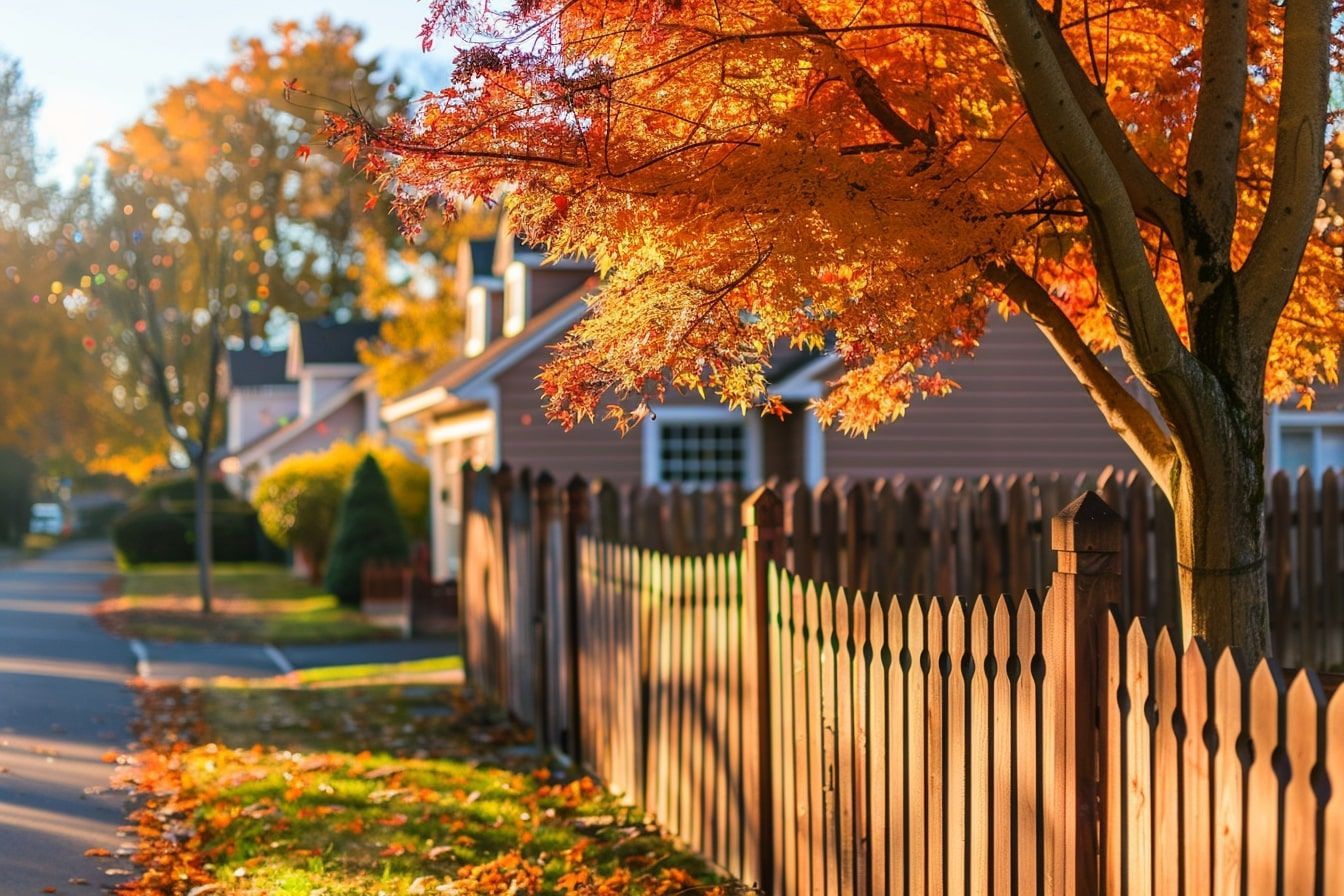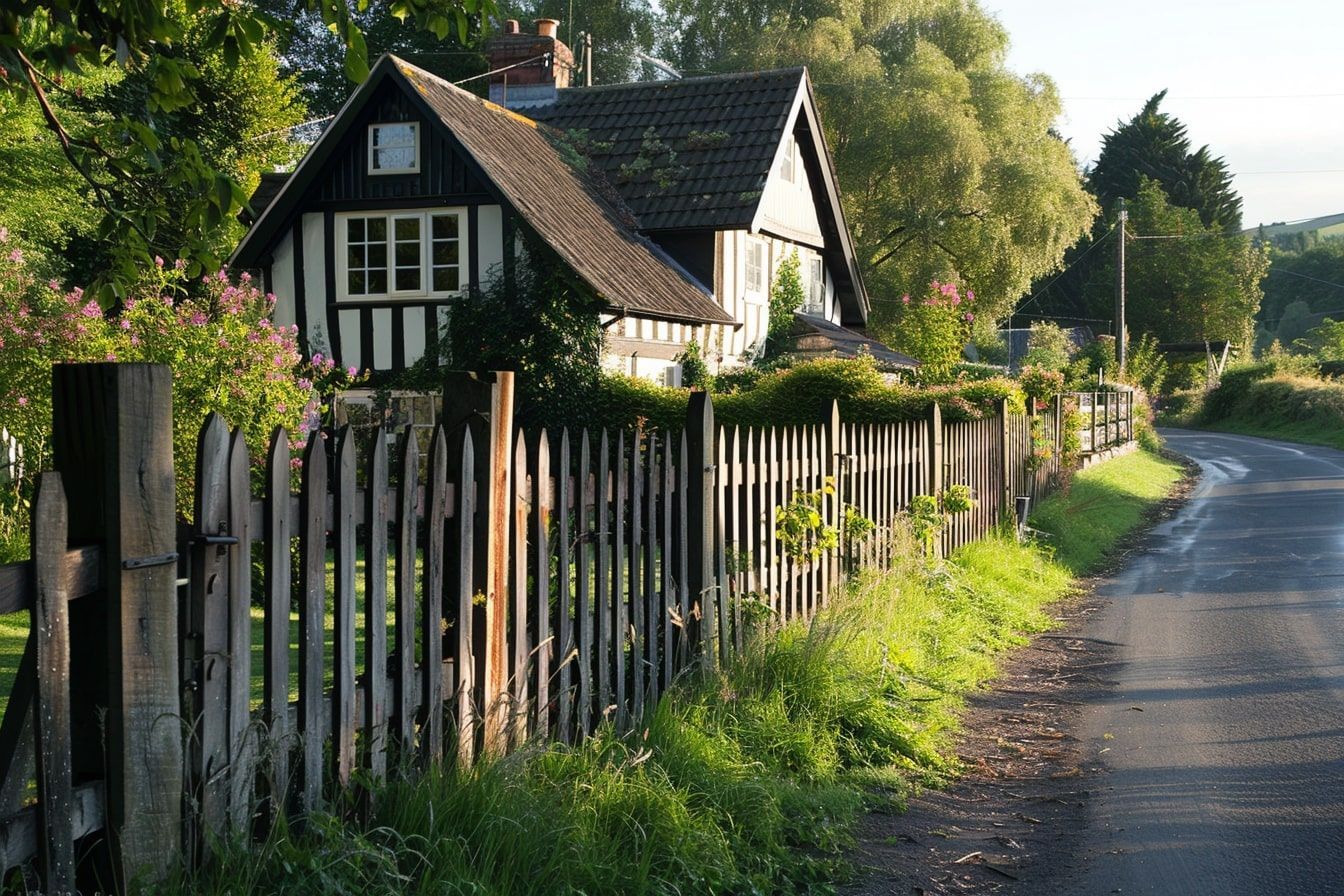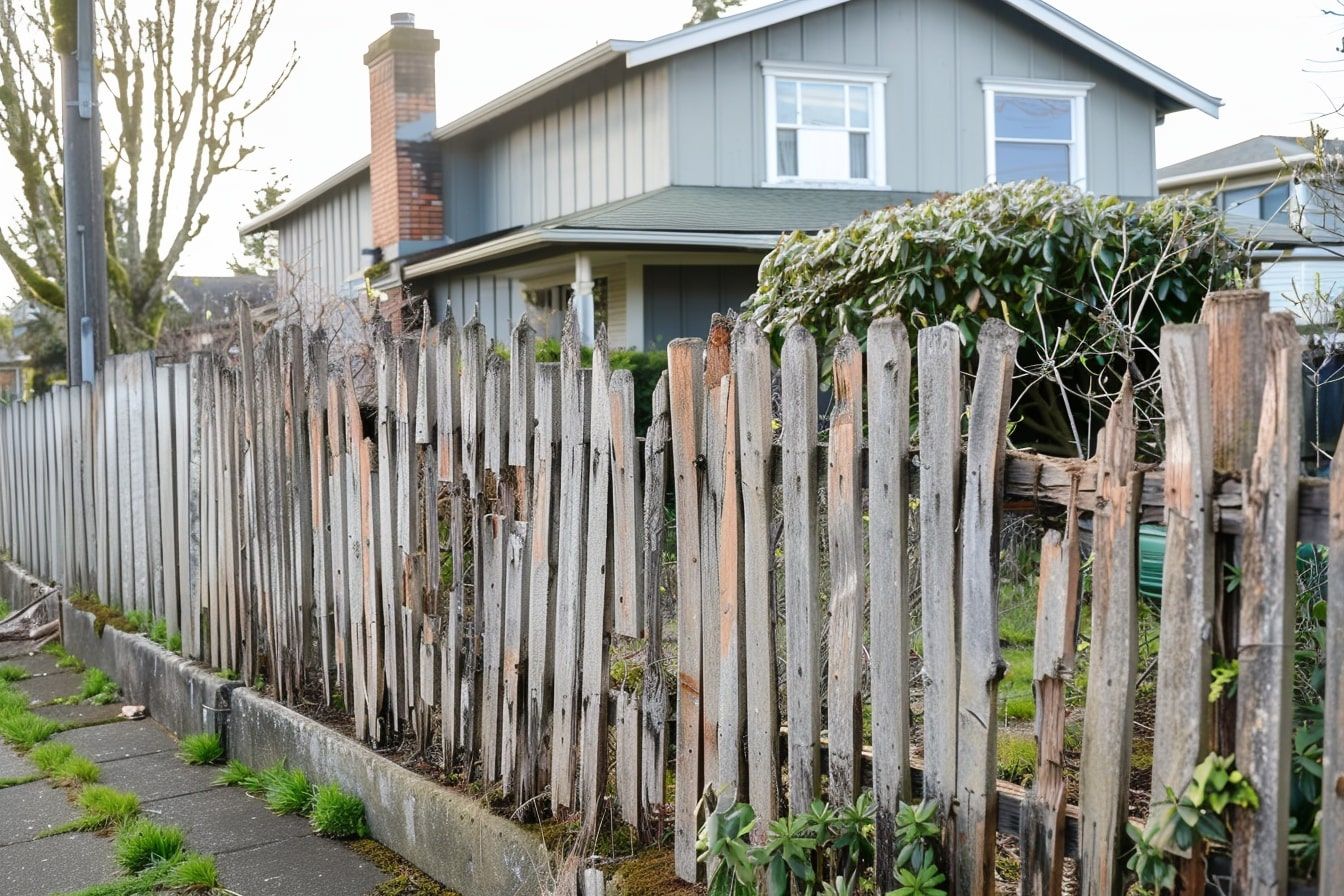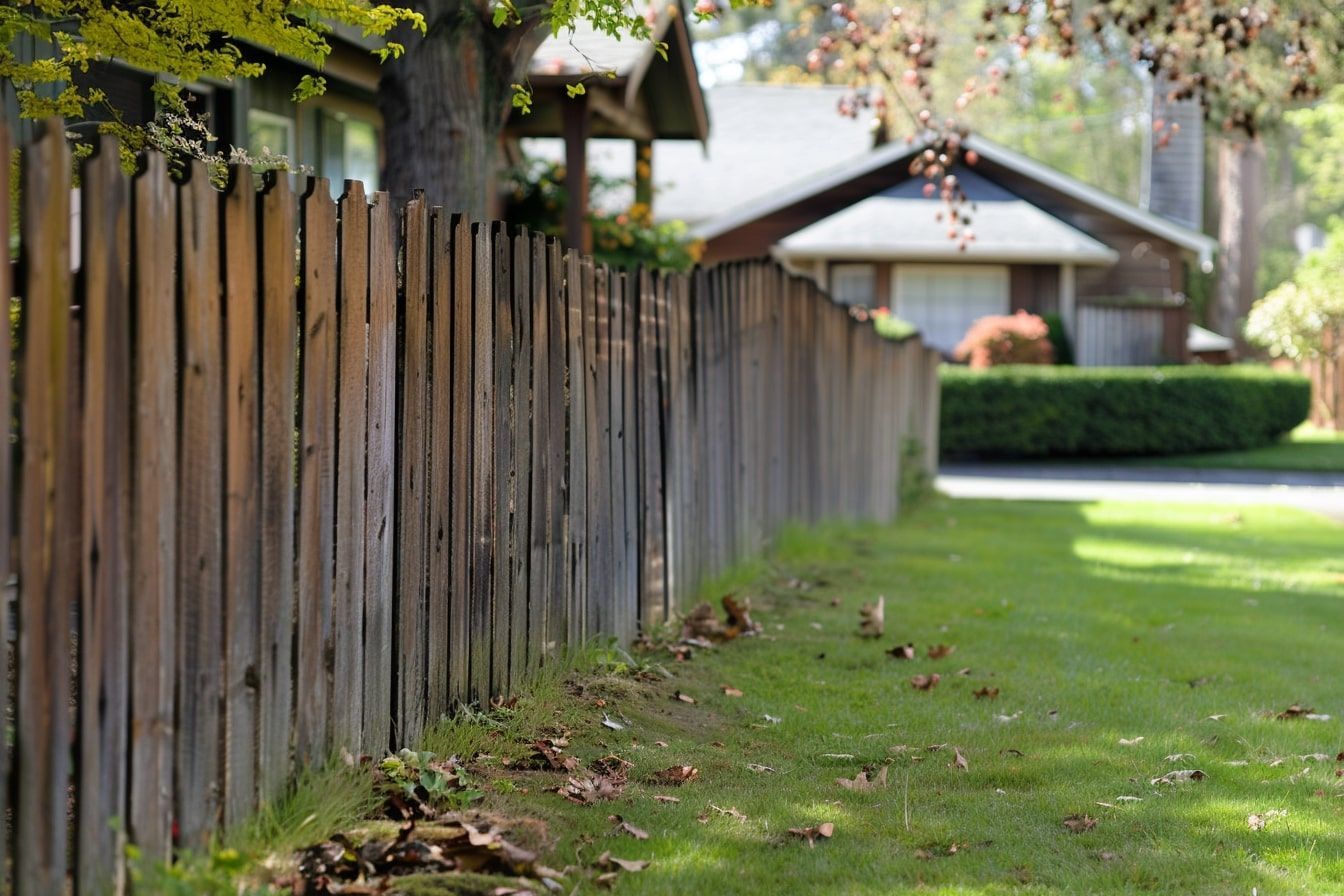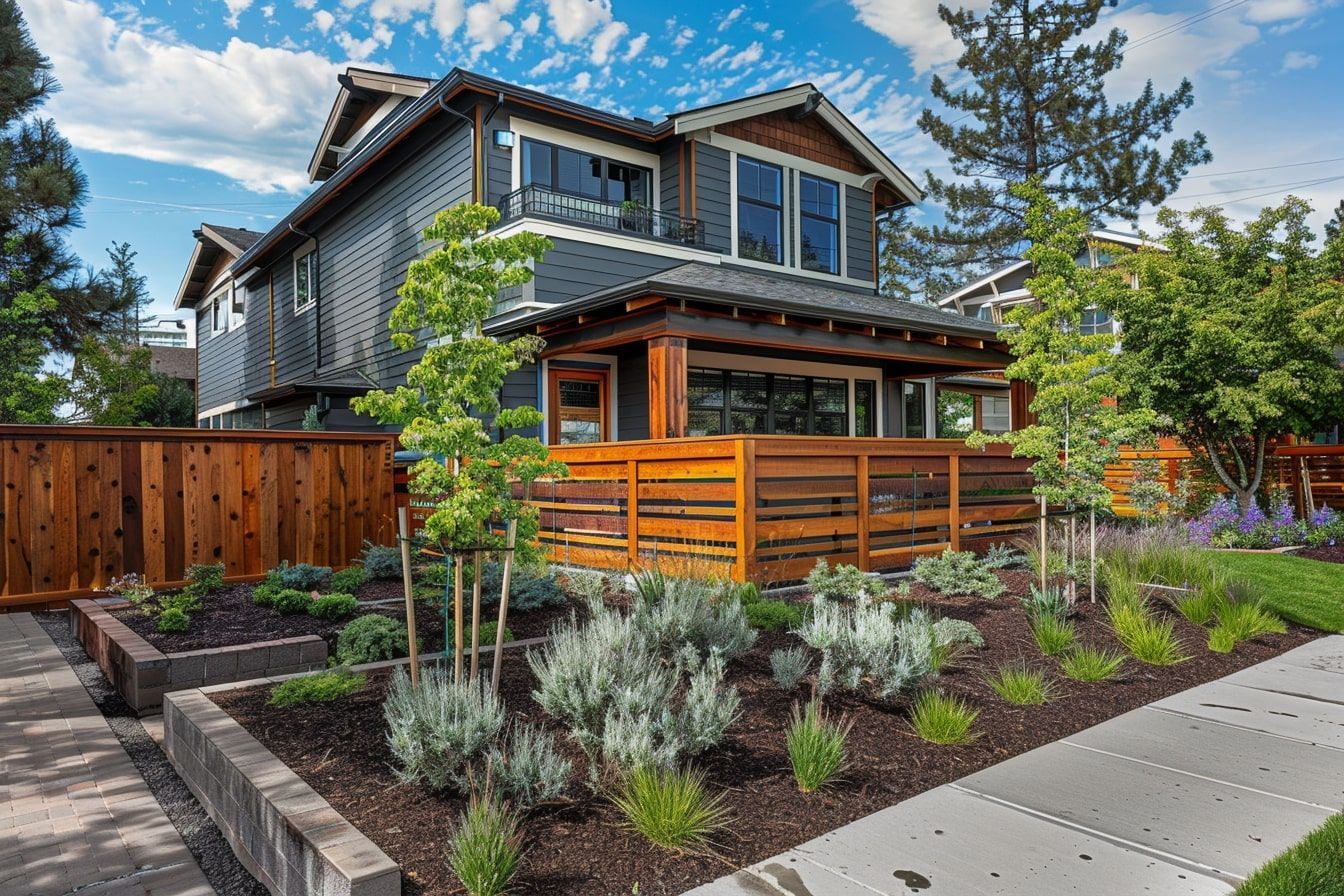Why Pressure-Treated Wood is Ideal for Fencing
Looking for a Long-Lasting Fence? Discover the Benefits of Pressure-Treated Wood!
Are you considering a new fence for your property but overwhelmed by the options? One material stands out for its durability and effectiveness: pressure-treated wood. Especially in regions like Macomb and Oakland Counties, where weather conditions can be harsh, choosing the right fencing material is crucial.
Pressure-treated wood is a popular choice for fencing because of its enhanced resilience and longevity. Treated to withstand moisture, pests, and decay, this type of wood ensures your fence remains sturdy and attractive for years. Let’s delve into why pressure-treated wood is the ideal choice for your fencing needs.
The Resilience of Pressure-Treated Wood
What Makes Pressure-Treated Wood Different?
Pressure-treated wood undergoes a special process where preservatives are forced deep into the wood fibers under pressure. This treatment provides several key benefits:
- Enhanced Durability : The treatment process makes the wood resistant to moisture, preventing rot and decay.
- Pest Resistance : Chemicals used in the treatment deter insects like termites and ants, which can damage untreated wood.
- Longevity : A pressure-treated wood fence can last significantly longer than untreated wood, providing a better return on investment.
Environmental Benefits of Pressure-Treated Wood
Opting for pressure-treated wood is not only beneficial for your property but also environmentally friendly. Here’s why:
- Sustainable Forestry : Many pressure-treated wood products come from sustainably managed forests.
- Recyclable : At the end of its life, pressure-treated wood can be recycled, reducing landfill waste.
Why Choose Pressure-Treated Wood for Fencing?
Moisture Resistance
One of the standout features of pressure-treated wood is its ability to withstand moisture. This is particularly important in areas prone to heavy rainfall or high humidity. The treatment process ensures that your fence remains robust and visually appealing, even in challenging weather conditions.
Pest Deterrence
Insects can wreak havoc on untreated wood, leading to costly repairs or replacements. Pressure-treated wood is infused with chemicals that deter pests, offering an extra layer of protection and peace of mind for homeowners.
Cost-Effective Longevity
While pressure-treated wood may have a slightly higher upfront cost compared to untreated wood, the long-term savings are substantial. Its extended lifespan means fewer replacements and repairs, making it a cost-effective choice over time.
Maintenance Tips for Pressure-Treated Wood Fences
Regular Inspections
To ensure your fence remains in top condition, perform regular inspections. Look for signs of wear, such as cracks or splinters, and address any issues promptly.
Cleaning Your Fence
Keep your pressure-treated wood fence clean by removing dirt and debris. A simple mixture of water and mild detergent can help maintain its appearance and prevent mold or mildew growth.
Sealing and Staining
Although pressure-treated wood is resistant to moisture, applying a sealant or stain can provide additional protection and enhance its appearance. Consider sealing your fence every few years to keep it looking its best.
Conclusion
Choosing pressure-treated wood for your fence is a smart investment that offers durability, pest resistance, and long-lasting beauty. If you’re in Macomb or Oakland Counties, RS Fence Installations is here to help you make the best choice for your property. Visit our website to learn more about our services and request a free quote today. Let us help you create a fence that stands the test of time!
External Resources
- For more detailed instructions on installing a wood fence, visit Lowe’s Installation Guide.
- To explore various wood fence design ideas, check out HGTV’s Wood Fence Design Gallery.
- Learn about the environmental benefits of wood fences at The American Forest Foundation.
The post Why Pressure-Treated Wood is Ideal for Fencing appeared first on RS Fence Installations.

